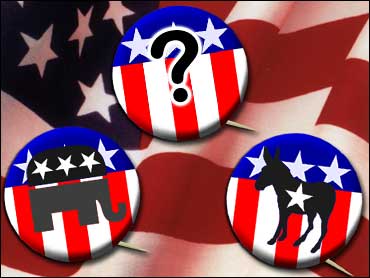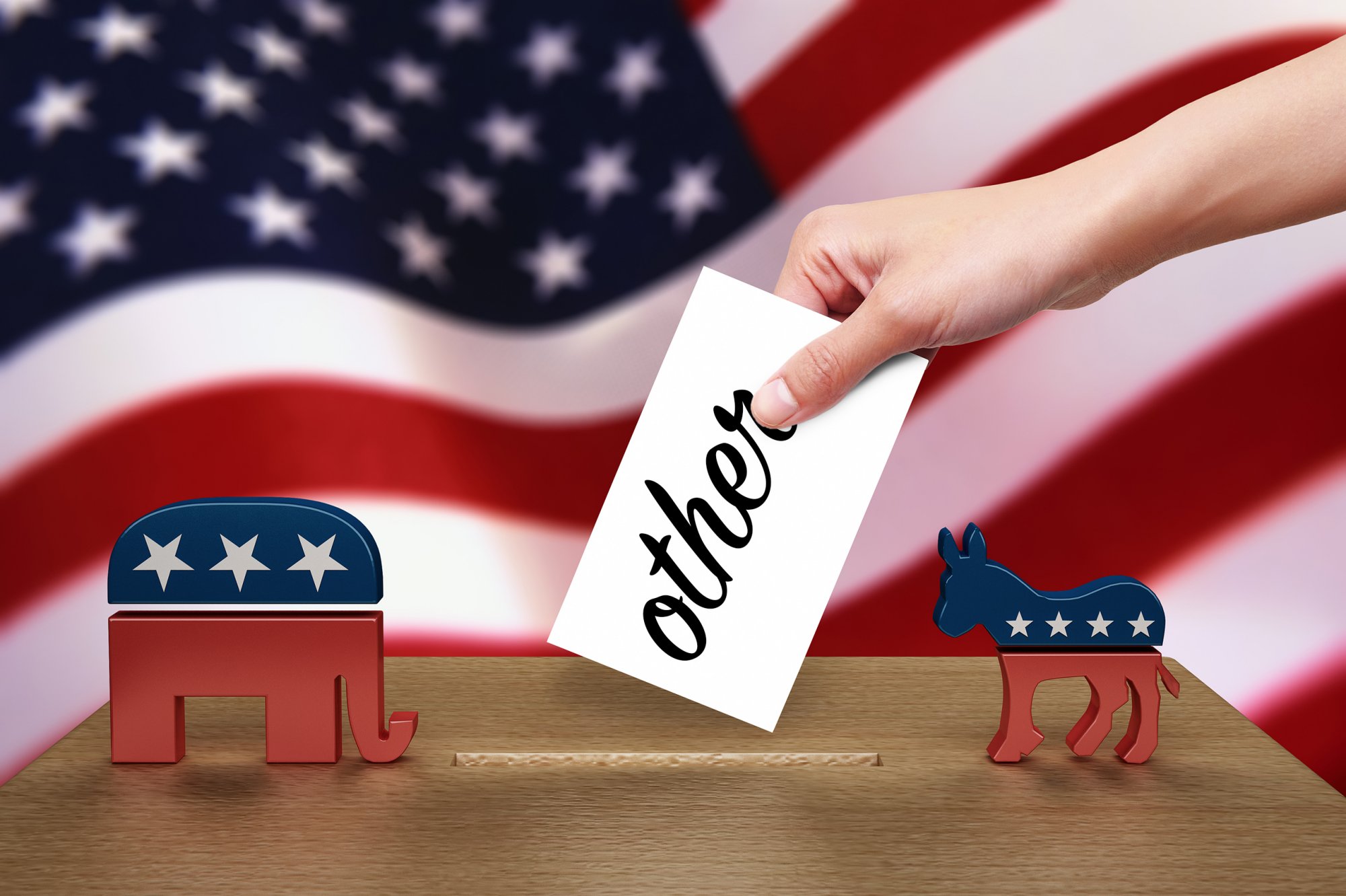When you consider the widespread dissatisfaction with the outcome of the 2016 primaries, something is bound to change.
More than any past election cycle, this particular presidential race has Americans perplexed and hoodwinked by a process they have (mostly) trusted. During the chaos that is a presidential campaign, dozens or even hundreds of politicians are sifted through in order to find the man or woman best suited for the Oval Office.
Typically, when it’s time to cast our ballots, we are left with two candidates from which to choose, representing the Democratic and Republican parties. It’s universally accepted that the U.S. political system is dominated by these two parties, and efforts to challenge this deeply entrenched convention have historically remained unsuccessful. But this year, having to choose between Donald Trump and Hillary Clinton, perhaps two of the most strongly disliked political figures of all time; many Americans are questioning why we can’t elect a representative from a third party.
The two party political system in the U.S. developed out of logical necessity. According to Duverger’s law, when there are hypothetically three candidates running for office, there is one candidate who is most different out of the three. The third candidate, the most ideological different one, would end up winning the largest portion of the vote. This is because the rest of the votes, the majority of the votes, are split between the two candidates who are similar.
The two similar candidates end up joining forces, uniting under one platform, in order to beat the third candidate in the next election. The problem in America today is that the diversity of opinions within each party has grown too strong to ignore for the sake of winning a contest. It has become exceedingly difficult to identify entirely with either Republicans or Democrats, as Americans are increasingly capable of examining the beliefs traditionally associated with each party and coming to their own conclusions about issues, rather than simply accepting and adopting the beliefs of the party they support.
Regardless of party affiliation, Americans generally believe that political polarization is increasing. But the gap between Republicans and Democrats might not be growing. Rather, the line between them might simply be blurring, making it easier to notice extremists on either end of the spectrum, creating the illusion that the parties are in greater opposition than they were before.
Political centrists, or those who are “socially liberal but fiscally conservative,” are moving to the forefront of political thought.
Political centrists, or those who are “socially liberal but fiscally conservative,” are moving to the forefront of political thought, and could very well form a third party or hand their support to libertarians, pushing those who lean the farthest right or left, to the minority.
During this election cycle, although a third party candidate probably won’t come out on top, Americans resentment toward establishment candidates was especially apparent, as Trump won the Republican candidacy and Bernie posed a greater challenge to Hillary than anyone expected.
In a sense, Duverger’s law could predict the rise of a majority “third party.” Americans who had previously identified with either the Republican or Democratic parties realize they have more in common with one another than with the more extreme members of their respective parties, and ultimately join together to defeat extreme right and left wing politicians.
In four years, could a candidate emerge who champions social causes like Bernie did during his campaign, but who also sees the importance of economic feasibility? Could this candidate have a legitimate shot at reaching the presidency? When you consider the widespread dissatisfaction with the outcome of the 2016 primaries, something is bound to change.
